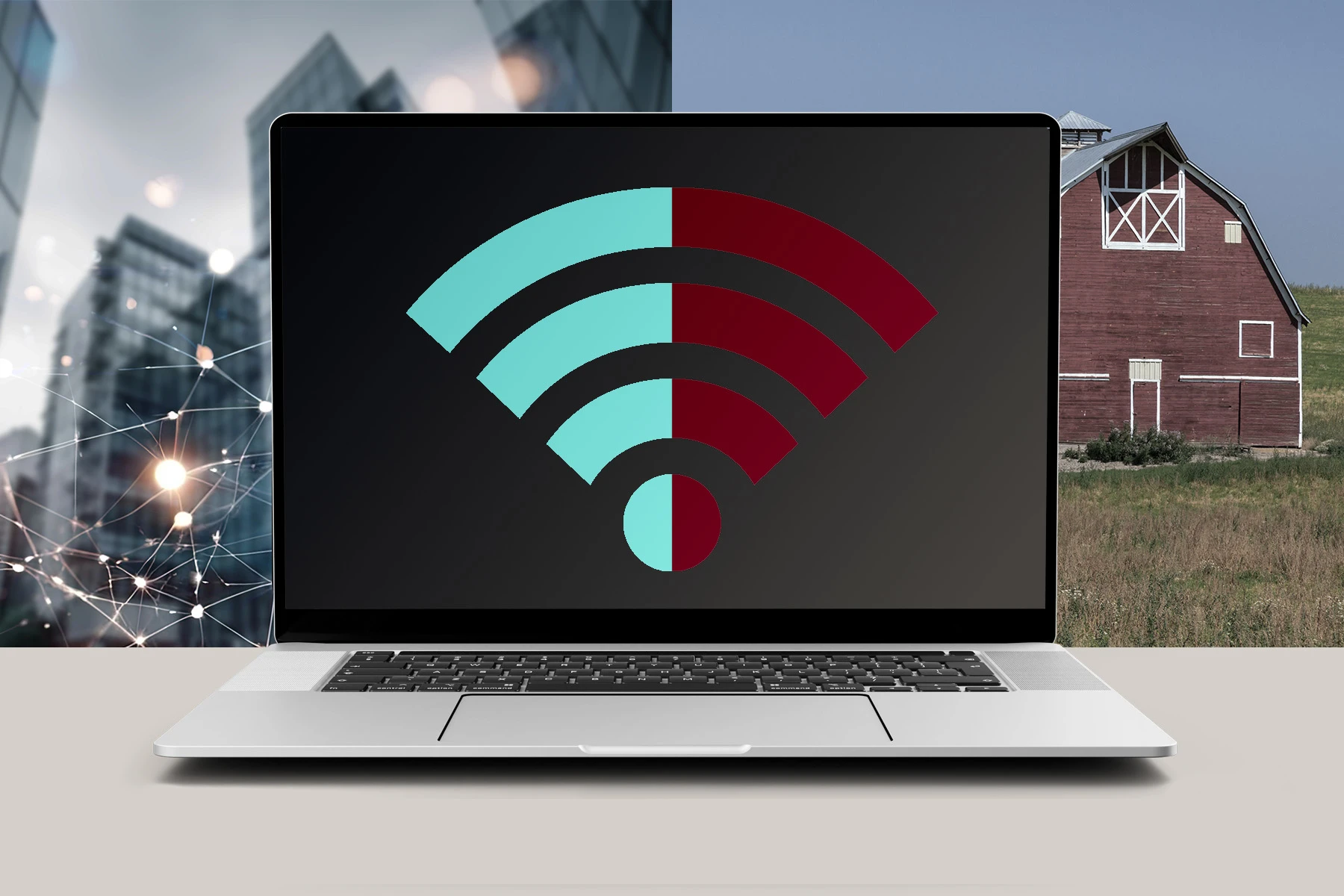Even as artificial intelligence reshapes business, many Americans lack the digital literacy that’s increasingly necessary for employees and companies to succeed.
In a study of 40 million Microsoft Windows devices across US households in more than 28,000 ZIP codes, a vast “digital divide” emerged, with people in rural areas significantly lagging behind cities in their use of computers, according to Harvard Business School Professors Raffaella Sadun and Shane Greenstein.
At a time when AI is expected to streamline business operations and render some functions obsolete, inexperience with digital technology could limit people’s careers. Tech experience gaps in the workforce could also leave businesses struggling to find the skilled talent they need to remain competitive, the researchers warn.
"Civic engagement today depends on everyone having a basic level of skill to distinguish between misinformation and fact, or to word an email, or to file taxes," says Greenstein, the Martin Marshall Professor of Business Administration at HBS. "It's impossible to run a successful business today without having access to skilled workers."
Greenstein and Sadun cowrote “The New Digital Divide,” published recently by the National Bureau of Economic Research, with Prasanna Tambe of the University of Pennsylvania, as well as several Microsoft employees: Mayana Pereira, Lucia Ronchi Darre, Tammy Glazer, Allen Kim, Rahul Dodhia, and Juan Lavista Ferres.
The push to increase broadband access
In the first US census to ask Americans whether they owned a personal computer in 1984, just 10 percent of respondents reported having a laptop in their home. By 2018, 92 percent of households reported owning at least one computing device.
Even so, the COVID-19 pandemic revealed that many people, particularly those in rural and low-income areas, lacked access to the proper equipment and internet speed to effectively learn and work from home when schools and offices shut down. Government and business leaders have since responded by working together to improve broadband infrastructure, increasing connectivity levels throughout the US.
If you just measure the infrastructure of underlying technology ... you miss the extensive variation in the actual use of technologies.
Sadun says more affordable pricing and dependable connections mean access to key infrastructure is now within reach for most Americans. But in many areas, users still need significantly more knowledge, skills, and experience to use the technology for more ambitious tasks, she says.
In the past, researchers generally relied on government surveys to determine digital usage, which largely examined access to infrastructure but didn’t show the full picture. Greenstein developed the first map of commercial internet usage in the US more than two decades ago.
"If you just measure the infrastructure of underlying technology, which has been a policy priority, you miss the extensive variation in the actual use of technologies," he says.
Revealing digital access gaps
The researchers tapped into Microsoft’s massive dataset of US households, which anonymously logged users' Windows device interactions between October 2022 and March 2023, representing a more wide-reaching measurement of digital usage.
To determine how households used their devices, the team built two different indexes: one that captured media consumption and general computing usage across various applications, including spreadsheets and word processing documents; and another that analyzed the use of more sophisticated digital applications, such as image and graphics software, as well as content creation tools used for more complex business operations.
The team then used information from the 2020 census and 2021 American Community Survey to match demographic features to each ZIP code, including average income and education data.
"The data allowed us to measure with unprecedented precision and scale the actual usage of technology in households," Sadun says.
In measuring digital savviness across the US, the team found:
A clear digital divide between urban and rural areas
An average media consumption and computing index of 0.19 in urban Zip codes compared to -0.27 in rural ZIP codes revealed that rural areas significantly lagged behind cities in digital usage.
More digital usage in certain areas
Including those with higher median incomes, more bachelor’s degrees, increased broadband availability, and more dense populations. "If you compare contiguous ZIP codes that have differences in terms of income and education levels, you can visualize the differences in intensity of usage," Sadun explains.
Less digital usage in other areas
This includes regions with older populations, more men, and a higher share of White residents.
Upskilling the workforce
To address digital literacy gaps, the researchers say policymakers need to go beyond the traditional focus on infrastructure access. “You really need to think about what is standing in the way of allowing people to make the best use of technology at home and how to make other resources available to them,” Greenstein says.
And businesses should also step up by supporting efforts to upskill employees, Sadun says.
"It's in the best interest of firms to think about ways to improve digital skills," she says. “It's not enough for firms to offer training programs; they need to think about how to incentivize potential and existing employees to upskill.”
Image created with assets from AdobeStock.


